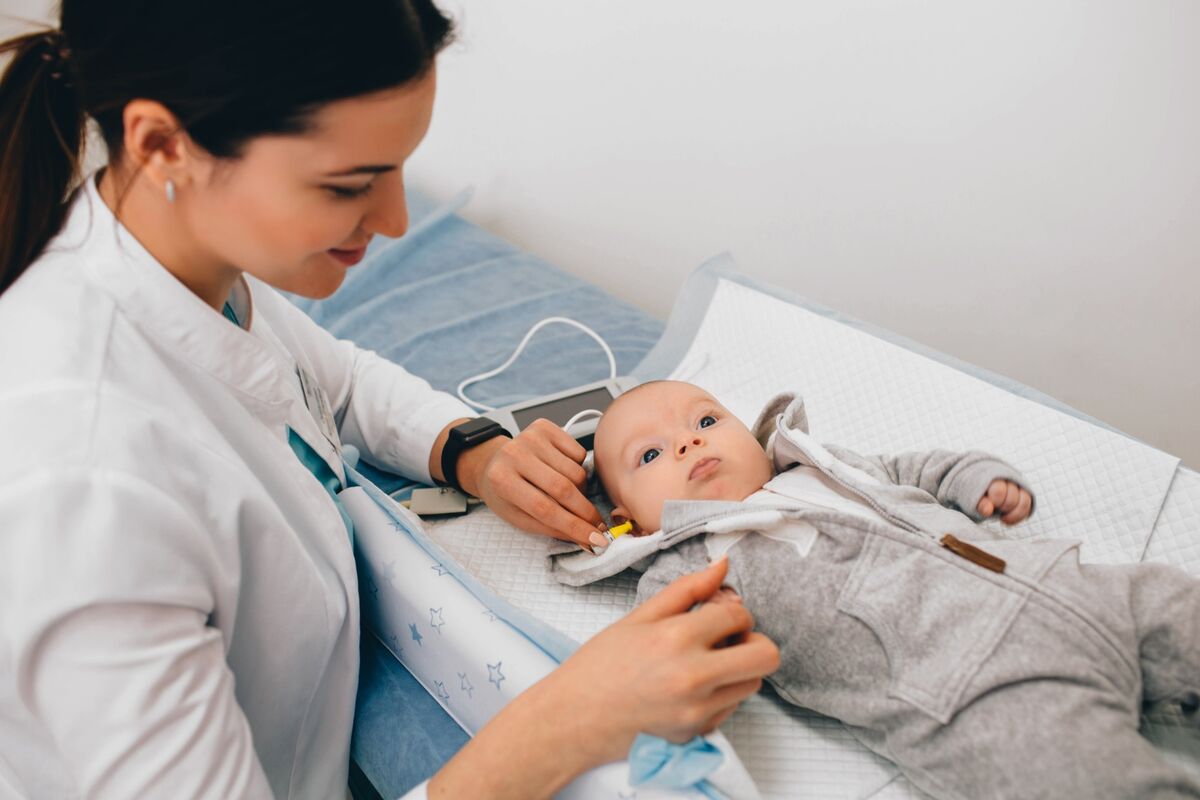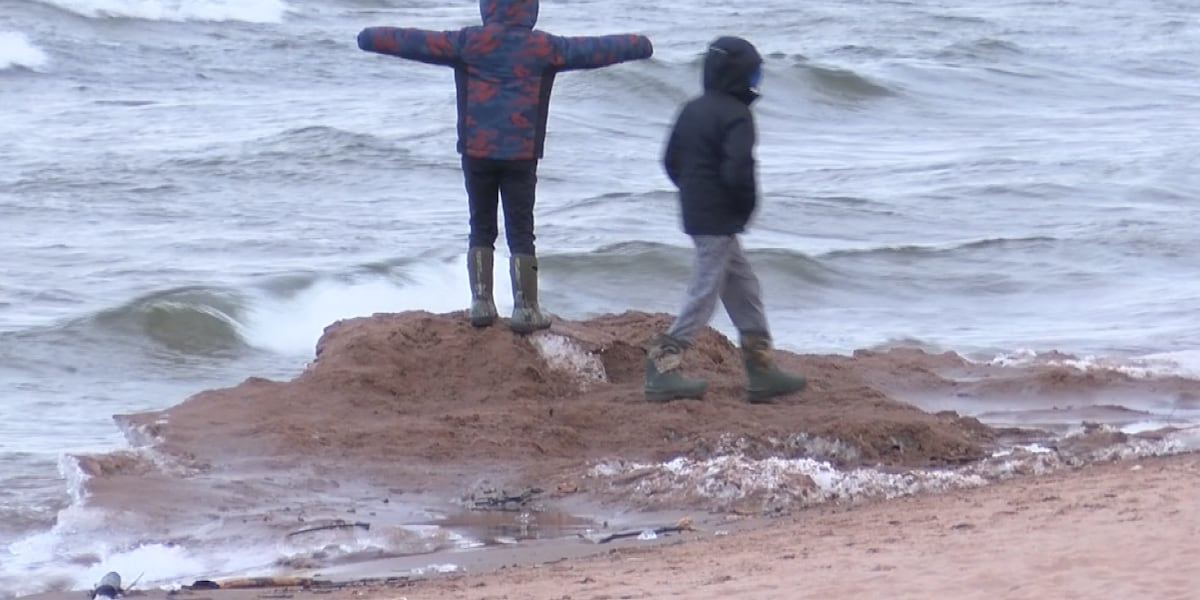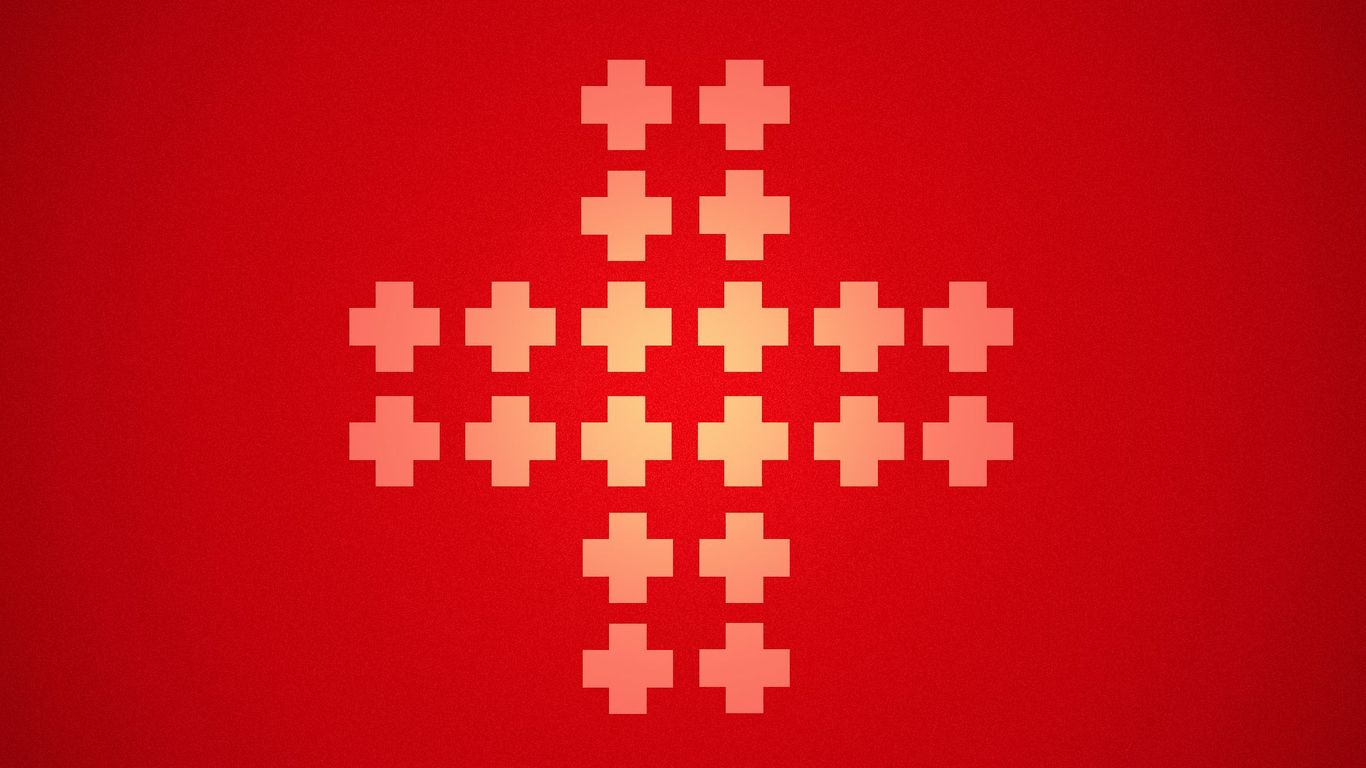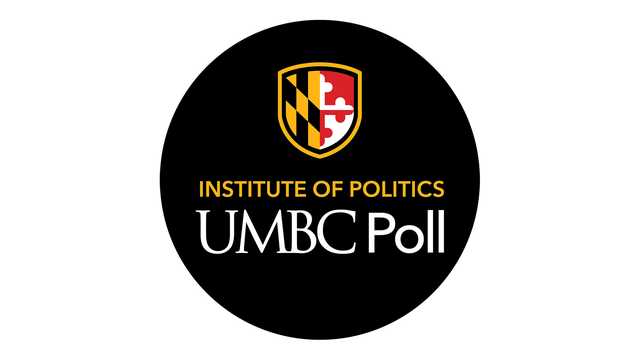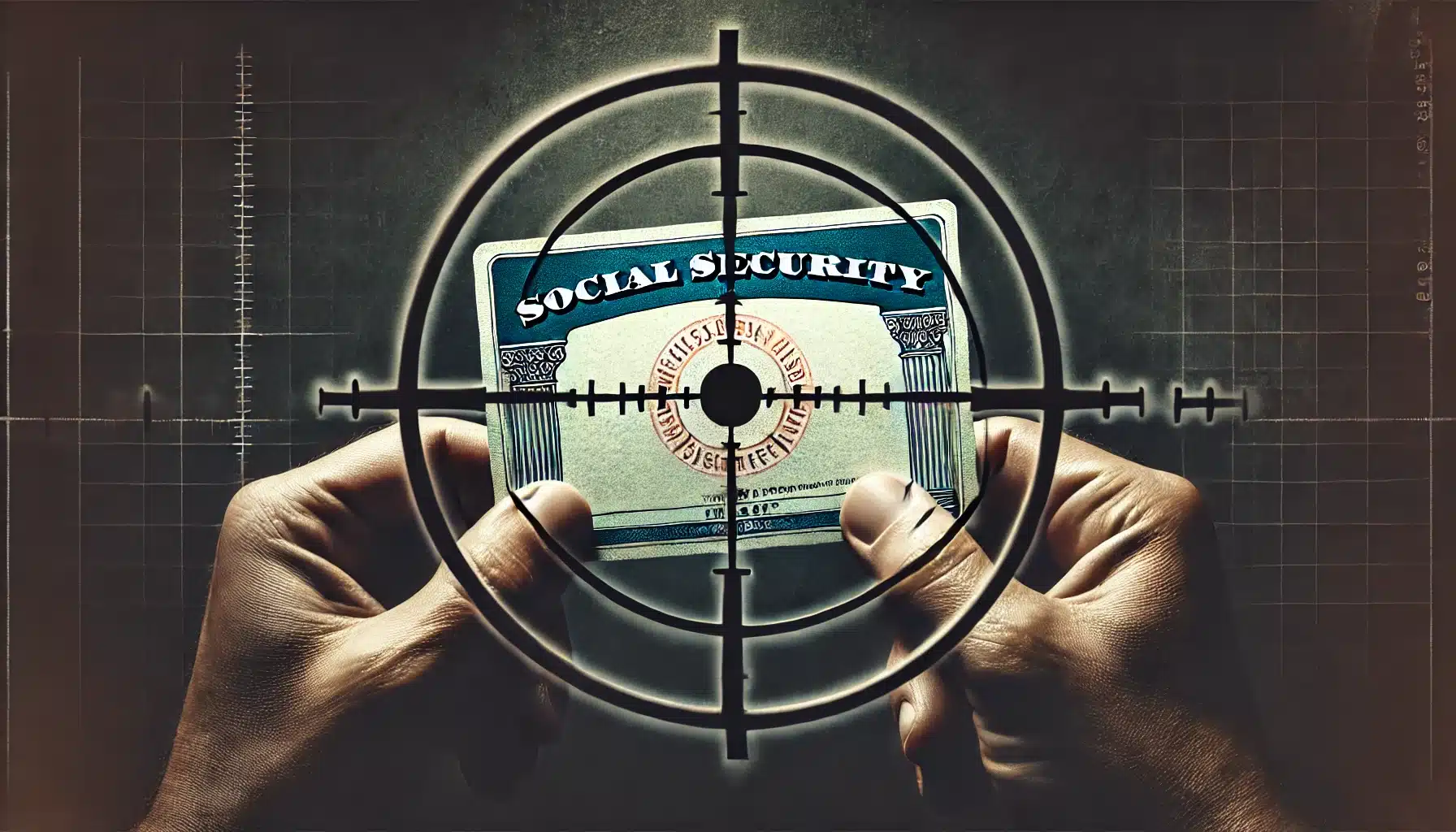Tiny Invaders, Big Debates: Why Lice Are Causing Classroom Controversies
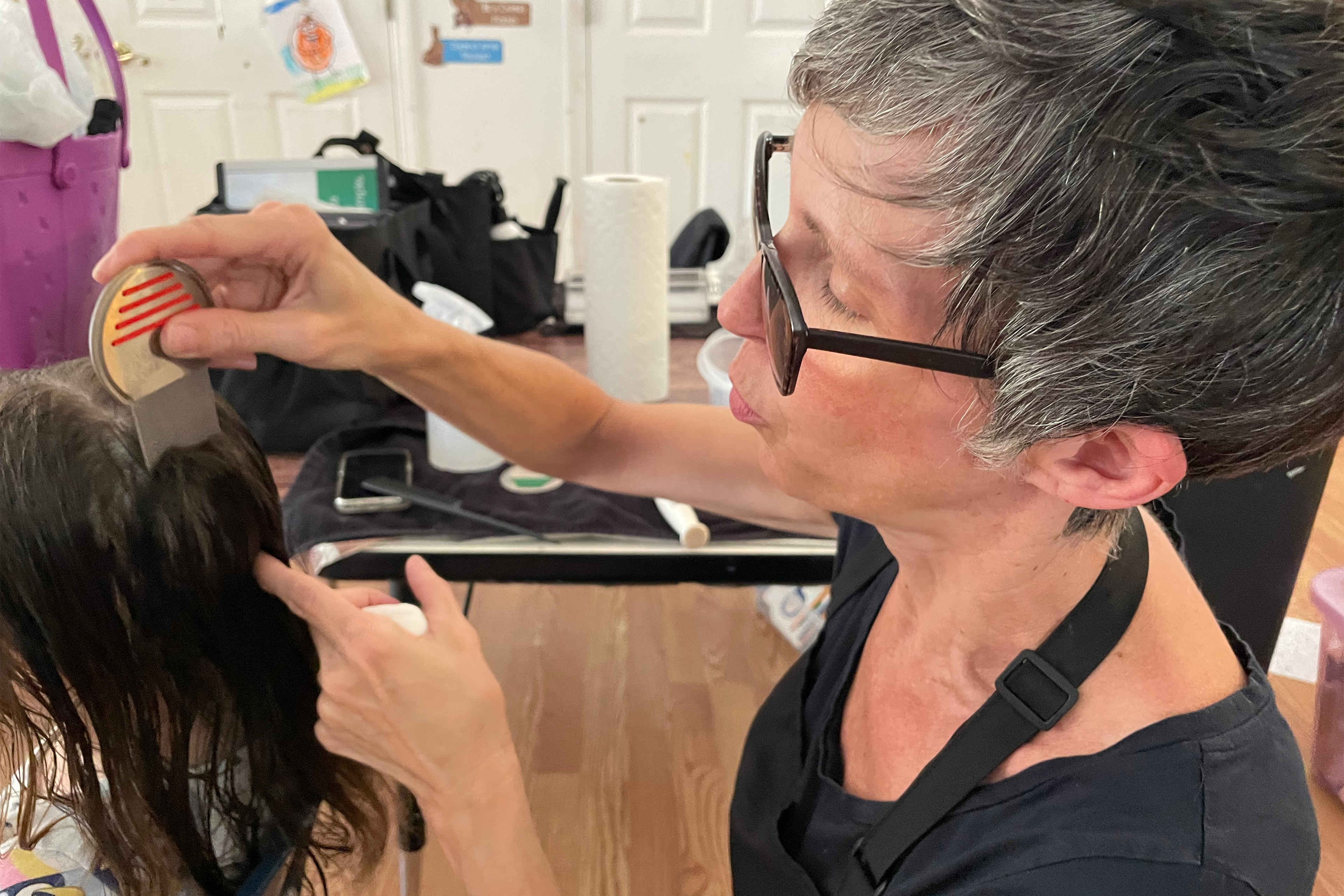
In the ongoing debate about head lice in schools, public health experts have long maintained a calm perspective. While many parents and educators view these tiny parasites with alarm, health officials consistently emphasize that lice are more of an inconvenience than a serious health risk.
For years, the Centers for Disease Control and Prevention (CDC) has advocated for a pragmatic approach, recommending that students with active lice infestations continue attending classes. This stance reflects a growing understanding that immediate exclusion from school is often unnecessary and potentially disruptive.
As schools have gradually shifted from strict "no-nit" policies to more flexible "nonexclusion" guidelines, a new tension has emerged. Some school districts are experiencing pushback from concerned parents and teachers who remain anxious about potential lice spread, challenging the public health consensus.
The evolving conversation highlights the delicate balance between scientific guidance and community perception, as schools strive to manage lice outbreaks while minimizing academic disruption and student stigmatization.


